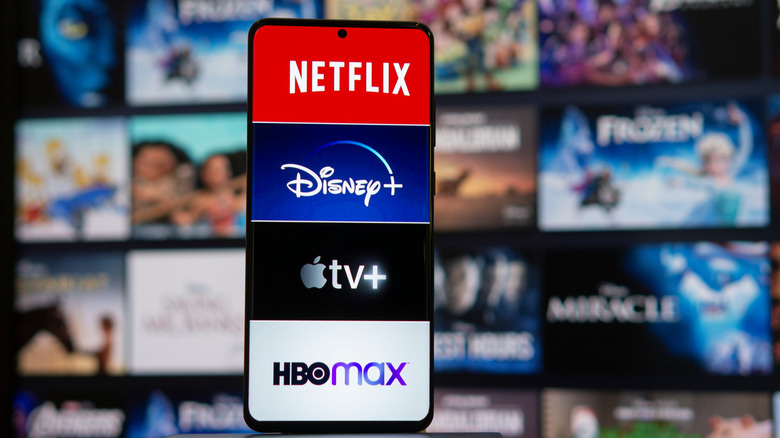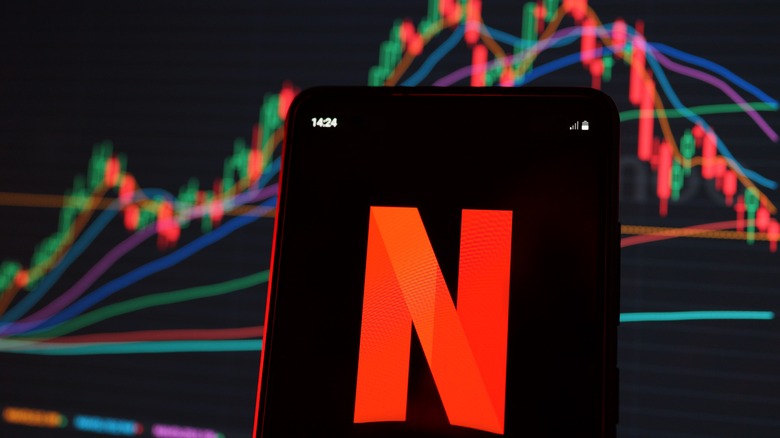Behind The Hike: Why Streaming Services Are Increasing Their Subscription Costs
Since as far back as when Netflix first adopted the streaming platform format in addition to its DVD delivery service in 2007, streaming services have been on a meteoric rise of success. In the past several years especially, with the majority of the viewing public stuck at home due to the COVID-19 pandemic, the success of streaming services, gauged by subscriptions and user engagement, reached an all-time high. However, their incredible success in recent years may have proved a double-edged sword for the industry now that the many, many streaming services must keep that growth up in the face of oversaturation and other less than ideal circumstances.
In previous years, the major tactic of leading services like Netflix or Hulu was to either acquire the licenses for classic TV and movies to add to their catalogs or commission the creation of brand new exclusive content that users could get only by subscribing. As the market has reached a saturation point, however, it's becoming less commercially viable to secure new content, especially as every major network starts its own service and wrestles its legacy content from competitors. Without this content angle, the only remaining avenue for growth is jacking up prices.
Prices on the rise
In the past year, every major streaming service currently on the market, including Max, Netflix, Hulu, Disney+, and many more, has made at least a small increase to the cost of a recurring subscription. This is on top of efforts to encourage additional subscriptions, such as Netflix's recent crackdown on account holders sharing their access with friends and non-residential family members. Barring another world-affecting event like the COVID-19 pandemic, it is unlikely that these prices will return to their previous levels.
As with any business, the ultimate goal of a streaming platform is to continuously increase its subscriber count and, in turn, bring in a consistent stream of income from those subscribers' payments. As all of these platforms compete to create the most attention-grabbing content, they've been spending more money on securing licenses and actors, as well as the usual costs of entertainment, such as CGI. The deluge of content from years past was workable when there was less competition, but with so many options to choose from now, simply firing off random shows into the ether does nothing but burn cash.
Consumer effects
According to an NPR/Ipsos poll that was conducted back in September of 2022, the typical streaming viewer is willing to pay approximately $42 a month for multiple simultaneous subscriptions. As the price hikes persist, viewers may have to cut out any services that either don't offer cheaper, ad-supported tiers or just aren't satisfying them content-wise.
This is where the real battle begins for the services — a game of streaming chicken in which they seek out the highest possible price a customer would be willing to pay while also producing the best possible content to stay in their good graces when it's time to make a cut. This generally means that compared to the deluge of exclusives in years past, we may see fewer shows and films on services for a while (though ideally, what we do get will be higher quality overall). Compared to the early days of streaming, when platforms served more as libraries where you could endlessly watch random stuff, viewers want new and better content to stay engaged.


